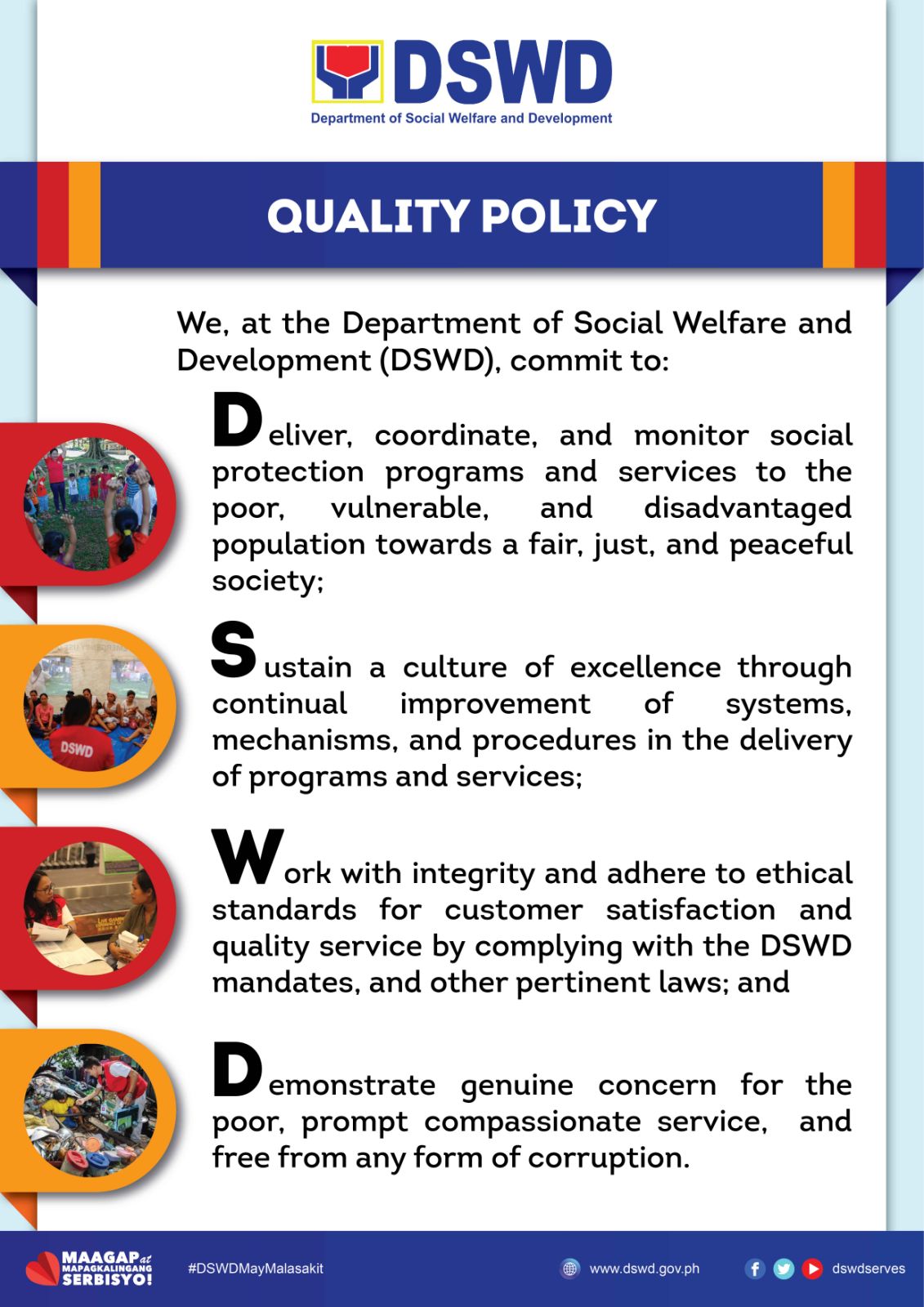“Idi awan paylang ti KALAHI, awan ti volunteer. Managbainak; awan ti ammok nga agsao iti community. Ket edi nag-volunteer ak, naadal ko ti - nagbalinak nga aktibo." (When KALAHI was not yet here, there were no community volunteers. I was very timid; I did not know how to speak in front of people. But when I became a volunteer, I learned, I became active.)
Cabaruyan is among the partner barangays of the Kapit-Bisig Laban sa Kahirapan - Comprehensive and Integrated Delivery of Social Services – National Community-Driven Development Program (KALAHI-CIDSS NCDDP) of the Department of Social Welfare and Development (DSWD) through the program, the community was able to build their multi-purpose hall.
For some communities, a multi-purpose hall maybe something very common and ordinary. But, for the people of Cabaruyan, they saw their multi-purpose hall as more than just a building. It serves as their fortress especially during calamities.
The multi-purpose hall was prioritized during the barangay assembly because they saw the need for an evacuation center.
The volunteers recounted that during the strongest typhoons in the past such as Ompong and Lawin, they had to utilize school buildings as evacuation centers. This is true specially for more vulnerable parts of the community – those that are residing near the rivers. But now, they are using the multipurpose hall when they need to evacuate, which they say is much safer and more conducive.
Both men and women volunteers of the project had rich insights to share on their experience in the constructing the multipurpose hall. Most of them say that they learned practical knowledge and skills that are not generally taught in schools.
“The more I participated in trainings and seminars under KALAHI-CIDSS, the more active I became,” shared one community volunteer.
Some of the women credited the program for their newly acquired skills in construction.
One volunteer was proud about how she learned about details in construction. She explained that she is now aware that the number of posts for buildings varies contrary to he assumptions.
She went on to share that she could even recite the specifications of steel bars, cement, and other materials for the posts and floorings.
“Most women do not know anything about flooring and cement mixing but with our active involvement with the community projects, we had firsthand experience with how they are actually done,” she added.
The people of Cabaruyan believes that one of the best results of working with KALAHI-CIDSS was the breaking of the gender divide.
While women learned how to calculate materials for posts and mixed the cement themselves, the male volunteers also appreciated other tasks that were normally delegated to women. The community volunteers are also proud that they now have better social skills. They consider their exposure and interaction with various groups of stakeholders, including the LGUs, DSWD, and fellow volunteers, as the driving force for their improved skills.
The multi-purpose hall has not only become a landmark in Barangay Cabaruyan, but it has also became a symbol of the people’s unity in implementing a quality project in a participative and transparent process.
The vision of the residents is for the multi-purpose hall to last forever and that it will grow into a two-storey building so that the next generations will be able to use it, too.





